Recommended Resource: The Names Of God By Ken Hemphill
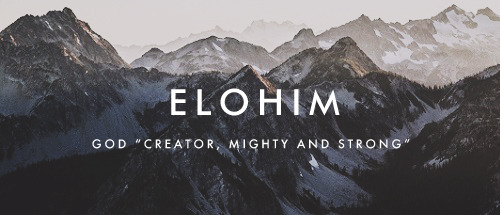
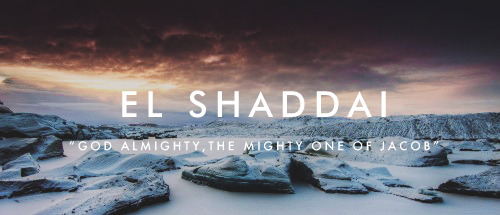




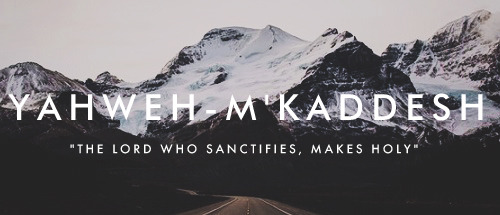



Recommended Resource: The Names of God by Ken Hemphill
More Posts from Ocrim1967 and Others








If the Moon were replaced with some of our planets (at night)
Image credit: yeti dynamics

Shredded Star Leads to Important Black Hole Discovery
This artist’s illustration shows the region around a supermassive black hole after a star wandered too close and was ripped apart by extreme gravitational forces. Some of the remains of the star are pulled into an X-ray-bright disk where they circle the black hole before passing over the “event horizon,” the boundary beyond which nothing, including light, can escape. The elongated spot depicts a bright region in the disk, which causes a regular variation in the X-ray brightness of the source, allowing the spin rate of the black hole to be estimated. The curved region in the upper left shows where light from the other side of the disk has been curved over the top of the black hole.

This event was first detected by a network of optical telescopes called the All-Sky Automated Survey for Supernovae (ASASSN) in November 2014. Astronomers dubbed the new source ASASSN14-li and traced the bright flash of light to a galaxy about 290 million light years from Earth. They also identified it as a “tidal disruption” event, where one cosmic object is shredded by another through gravity.
Astronomers then used other telescopes including a flotilla of high-energy telescopes in space — NASA’s Chandra X-ray Observatory, ESA’s XMM-Newton and NASA’s Neil Gehrels Swift observatory — to study the X-rays emitted as the remains of a star swirled toward the black hole at the center of the galaxy.

The tidal disruption in ASASSN-14li is intriguing because it allowed astronomers to measure the spin rate of the black hole. A black hole has two fundamental properties: mass and spin. While it has been relatively easy for astronomers to determine the mass of black holes, it has been much more difficult to get accurate measurements of their spins.
This debris from the shredded star gave astronomers an avenue to get a direct measure of the black hole’s spin in ASASSN-14li. They found that the event horizon around this black hole is about 300 times the diameter of the Earth, yet rotates once every two minutes (compared to the 24 hours it takes to complete one rotation). This means that the black hole is spinning at least half as fast as the speed of light.

Scientists have determined spin rates for some stellar-mass black holes (those that typically weigh between 5 and 30 solar masses) in our Milky Way galaxy by observing rapid and regular variations in their X-ray brightness. A few supermassive black holes have shown similar variations, but they were only observed to repeat over a few cycles, rather than the 300,000 cycles seen for ASASSN-14li. With only a few cycles, the association of the variations with the spin of the black hole is not secure.
These results will likely encourage astronomers to observe future tidal disruption events for long durations to look for similar, regular variations in their X-ray brightness. source










This Is Everything That’s Wrong With Our Definition Of ‘Planet’
“There are many people who would love to see Pluto regain its planetary status, and there’s a part of me that grew up with planetary Pluto that’s extraordinarily sympathetic to that perspective. But including Pluto as a planet necessarily results in a Solar System with far more than nine planets. Pluto is only the 8th largest non-planet in our Solar System, and is clearly a larger-than-average but otherwise typical member of the Kuiper belt. It will never be the 9th planet again.
But that’s not necessarily a bad thing. We may be headed towards a world where astronomers and planetary scientists work with very different definitions of what attains planethood, but we all study the same objects in the same Universe. Whatever we call objects — however we choose to classify them — makes them no less interesting or worthy of study. The cosmos simply exists as it is. It’s up to the very human endeavor of science to make sense of it all.”
Next month will mark 13 years since the International Astronomical Union (IAU) officially defined the term planet and ‘Plutoed’ our Solar System’s (up-until-that-point) 9th planet. With an additional 13 years of knowledge, understanding, data, and discoveries, though, did they get the decision right?
Certainly, there were aspects that needed to be revised, but the IAU’s definition comes along with some major gaps and mistakes. We can do better! Come learn how.



Animated Fine Art
Collection by E Lynx of famous artworks that have been animated and rendered in 3D which you can interact with their respective @sketchfab upload:
More Here
Make Sure You Observe the Moon on October 20
On Saturday, October 20, NASA will host the ninth annual International Observe the Moon Night. One day each year, everyone on Earth is invited to observe and learn about the Moon together, and to celebrate the cultural and personal connections we all have with our nearest celestial neighbor.
There are a number of ways to celebrate. You can attend an event, host your own, or just look up! Here are 10 of our favorite ways to observe the Moon:
1. Look up

Image credit: NASA’s Scientific Visualization Studio/Ernie Wright
The simplest way to observe the Moon is simply to look up. The Moon is the brightest object in our night sky, the second brightest in our daytime sky and can be seen from all around the world — from the remote and dark Atacama Desert in Chile to the brightly lit streets of Tokyo. On October 20, the near side of the Moon, or the side facing Earth, will be about 80 percent illuminated, rising in the early evening.
See the Moon phase on October 20 or any other day of the year!
2. Peer through a telescope or binoculars

The Moon and Venus are great targets for binoculars. Image Credit: NASA/Bill Dunford
With some magnification help, you will be able to focus in on specific features on the Moon, like the Sea of Tranquility or the bright Copernicus Crater. Download our Moon maps for some guided observing on Saturday.
3. Photograph the Moon

Image credit: NASA/GSFC/ASU
Our Lunar Reconnaissance Orbiter (LRO) has taken more than 20 million images of the Moon, mapping it in stunning detail. You can see featured, captioned images on LRO’s camera website, like the one of Montes Carpatus seen here. And, of course, you can take your own photos from Earth. Check out our tips on photographing the Moon!
4. Take a virtual field trip

Image credit: NASA/JPL-Caltech
Plan a lunar hike with Moontrek. Moontrek is an interactive Moon map made using NASA data from our lunar spacecraft. Fly anywhere you’d like on the Moon, calculate the distance or the elevation of a mountain to plan your lunar hike, or layer attributes of the lunar surface and temperature. If you have a virtual reality headset, you can experience Moontrek in 3D.
5. Touch the topography

Image credit: NASA GSFC/Jacob Richardson
Observe the Moon through touch! If you have access to a 3D printer, you can peruse our library of 3D models and lunar landscapes. This model of the Apollo 11 landing site created by NASA scientist Jacob Richardson, is derived from LRO’s topographic data. Near the center, you can actually feel a tiny dot where astronauts Neil Armstrong and Buzz Aldrin left the Lunar Descent Module.
6. Make Moon art

Image credit: LPI/Andy Shaner
Enjoy artwork of the Moon and create your own! For messy fun, lunar crater paintings demonstrate how the lunar surface changes due to consistent meteorite impacts.
7. Relax on your couch

Image credit: NASA’s Scientific Visualization Studio/Ernie Wright
There are many movies that feature our nearest neighbor, from A Voyage to the Moon by George Melies, to Apollo 13, to the newly released First Man. You can also spend your evening with our lunar playlist on YouTube or this video gallery, learning about the Moon’s role in eclipses, looking at the Moon phases from the far side, and seeing the latest science portrayed in super high resolution. You’ll impress all of your friends with your knowledge of supermoons.
8. Listen to the Moon
Video credit: NASA’s Scientific Visualization Studio/Ernie Wright
Make a playlist of Moon songs. For inspiration, check out this list of lunar tunes. We also recommend LRO’s official music video, The Moon and More, featuring Javier Colon, season 1 winner of NBC’s “The Voice.” Or you can just watch this video featuring “Clair de Lune,” by French composer Claude Debussy, over and over.
9. See the Moon through the eyes of a spacecraft

Image credit: NASA/GSFC/MIT
Visible light is just one tool that we use to explore our universe. Our spacecraft contain many different types of instruments to analyze the Moon’s composition and environment. Review the Moon’s gravity field with data from the GRAIL spacecraft or decipher the maze of this slope map from the laser altimeter onboard LRO. This collection from LRO features images of the Moon’s temperature and topography. You can learn more about our different missions to explore the Moon here.
10. Continue your observations throughout the year

Image credit: NASA’s Scientific Visualization Studio/Ernie Wright
An important part of observing the Moon is to see how it changes over time. International Observe the Moon Night is the perfect time to start a Moon journal. See how the shape of the Moon changes over the course of a month, and keep track of where and what time it rises and sets. Observe the Moon all year long with these tools and techniques!
However you choose to celebrate International Observe the Moon Night, we want to hear about it! Register your participation and share your experiences on social media with #ObserveTheMoon or on our Facebook page. Happy observing!
Make sure to follow us on Tumblr for your regular dose of space: http://nasa.tumblr.com.




Ψ ♥ For more interesting psychology posts like this, follow @mypsychology ♥ Ψ










(Source)








(Source)
All cats are beautiful 🐱❤️





















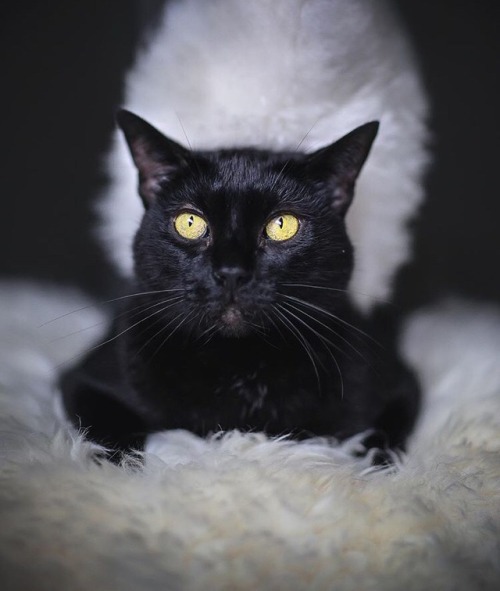
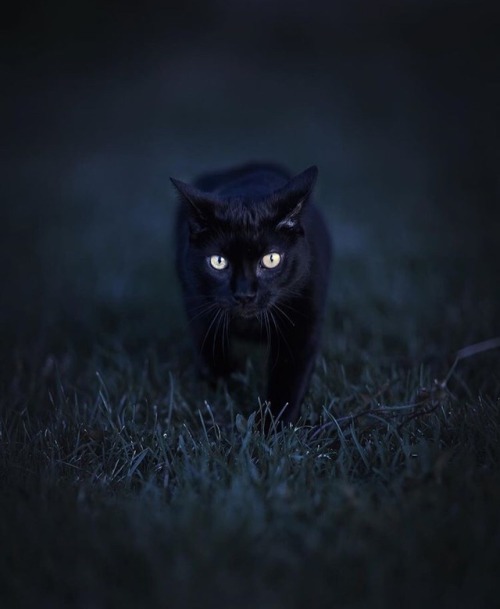


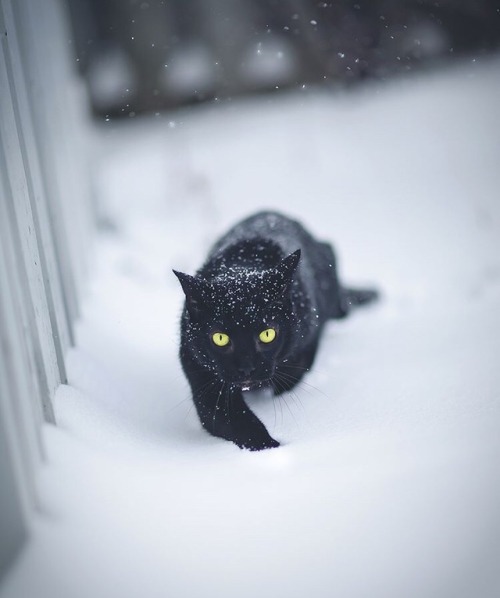

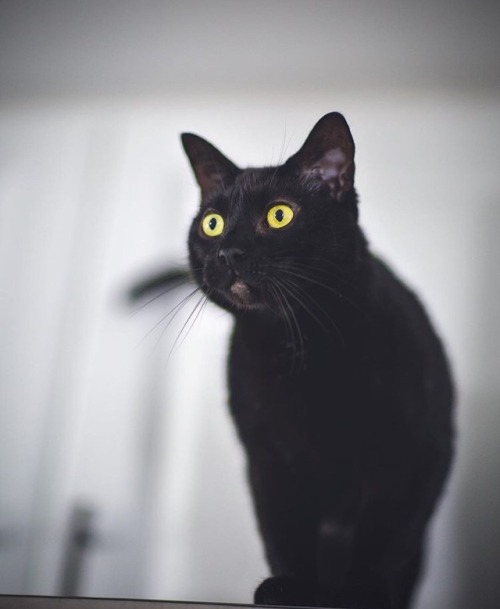

(Source)
-
 riseandshine2 liked this · 1 month ago
riseandshine2 liked this · 1 month ago -
 art-croche liked this · 4 months ago
art-croche liked this · 4 months ago -
 proverbialshipwreck reblogged this · 5 months ago
proverbialshipwreck reblogged this · 5 months ago -
 raismyname liked this · 5 months ago
raismyname liked this · 5 months ago -
 krispymakerarcade2 liked this · 6 months ago
krispymakerarcade2 liked this · 6 months ago -
 rosiewitchescottage reblogged this · 6 months ago
rosiewitchescottage reblogged this · 6 months ago -
 rosie-the-lancs-witch liked this · 6 months ago
rosie-the-lancs-witch liked this · 6 months ago -
 sweetcountry2 liked this · 6 months ago
sweetcountry2 liked this · 6 months ago -
 crossdresserica liked this · 6 months ago
crossdresserica liked this · 6 months ago -
 nomadiccajun liked this · 6 months ago
nomadiccajun liked this · 6 months ago -
 a-fathers-journey reblogged this · 6 months ago
a-fathers-journey reblogged this · 6 months ago -
 a-fathers-journey liked this · 6 months ago
a-fathers-journey liked this · 6 months ago -
 badmansghost liked this · 6 months ago
badmansghost liked this · 6 months ago -
 whateveryourhandfindstodo liked this · 6 months ago
whateveryourhandfindstodo liked this · 6 months ago -
 oldno7jdrebel reblogged this · 6 months ago
oldno7jdrebel reblogged this · 6 months ago -
 oldno7jdrebel liked this · 6 months ago
oldno7jdrebel liked this · 6 months ago -
 lizzy52955 reblogged this · 6 months ago
lizzy52955 reblogged this · 6 months ago -
 lizzy52955 liked this · 6 months ago
lizzy52955 liked this · 6 months ago -
 rubensdaughter liked this · 6 months ago
rubensdaughter liked this · 6 months ago -
 anna0orcp liked this · 7 months ago
anna0orcp liked this · 7 months ago -
 tracingbackirises reblogged this · 7 months ago
tracingbackirises reblogged this · 7 months ago -
 annafx0bf liked this · 7 months ago
annafx0bf liked this · 7 months ago -
 genrev reblogged this · 7 months ago
genrev reblogged this · 7 months ago -
 anna1wh3q liked this · 7 months ago
anna1wh3q liked this · 7 months ago -
 menestrell liked this · 7 months ago
menestrell liked this · 7 months ago -
 0viajante liked this · 8 months ago
0viajante liked this · 8 months ago -
 foxbox23232 reblogged this · 8 months ago
foxbox23232 reblogged this · 8 months ago -
 youmademerealize liked this · 8 months ago
youmademerealize liked this · 8 months ago -
 godisloveilovegod reblogged this · 10 months ago
godisloveilovegod reblogged this · 10 months ago -
 eu-amo-deus reblogged this · 11 months ago
eu-amo-deus reblogged this · 11 months ago -
 blkdaze liked this · 11 months ago
blkdaze liked this · 11 months ago -
 jardim-secret reblogged this · 1 year ago
jardim-secret reblogged this · 1 year ago -
 jardim-secret reblogged this · 1 year ago
jardim-secret reblogged this · 1 year ago -
 harpe-et-nitroglycerine liked this · 1 year ago
harpe-et-nitroglycerine liked this · 1 year ago -
 twin-sparrows liked this · 1 year ago
twin-sparrows liked this · 1 year ago -
 changinandhow liked this · 1 year ago
changinandhow liked this · 1 year ago -
 kiecho13 liked this · 1 year ago
kiecho13 liked this · 1 year ago -
 wordupgp reblogged this · 1 year ago
wordupgp reblogged this · 1 year ago -
 akonoadham reblogged this · 1 year ago
akonoadham reblogged this · 1 year ago -
 25th-dapper-elite reblogged this · 1 year ago
25th-dapper-elite reblogged this · 1 year ago -
 25th-dapper-elite liked this · 1 year ago
25th-dapper-elite liked this · 1 year ago -
 inspirationalalley reblogged this · 1 year ago
inspirationalalley reblogged this · 1 year ago -
 hellokadee liked this · 1 year ago
hellokadee liked this · 1 year ago -
 babybup reblogged this · 1 year ago
babybup reblogged this · 1 year ago